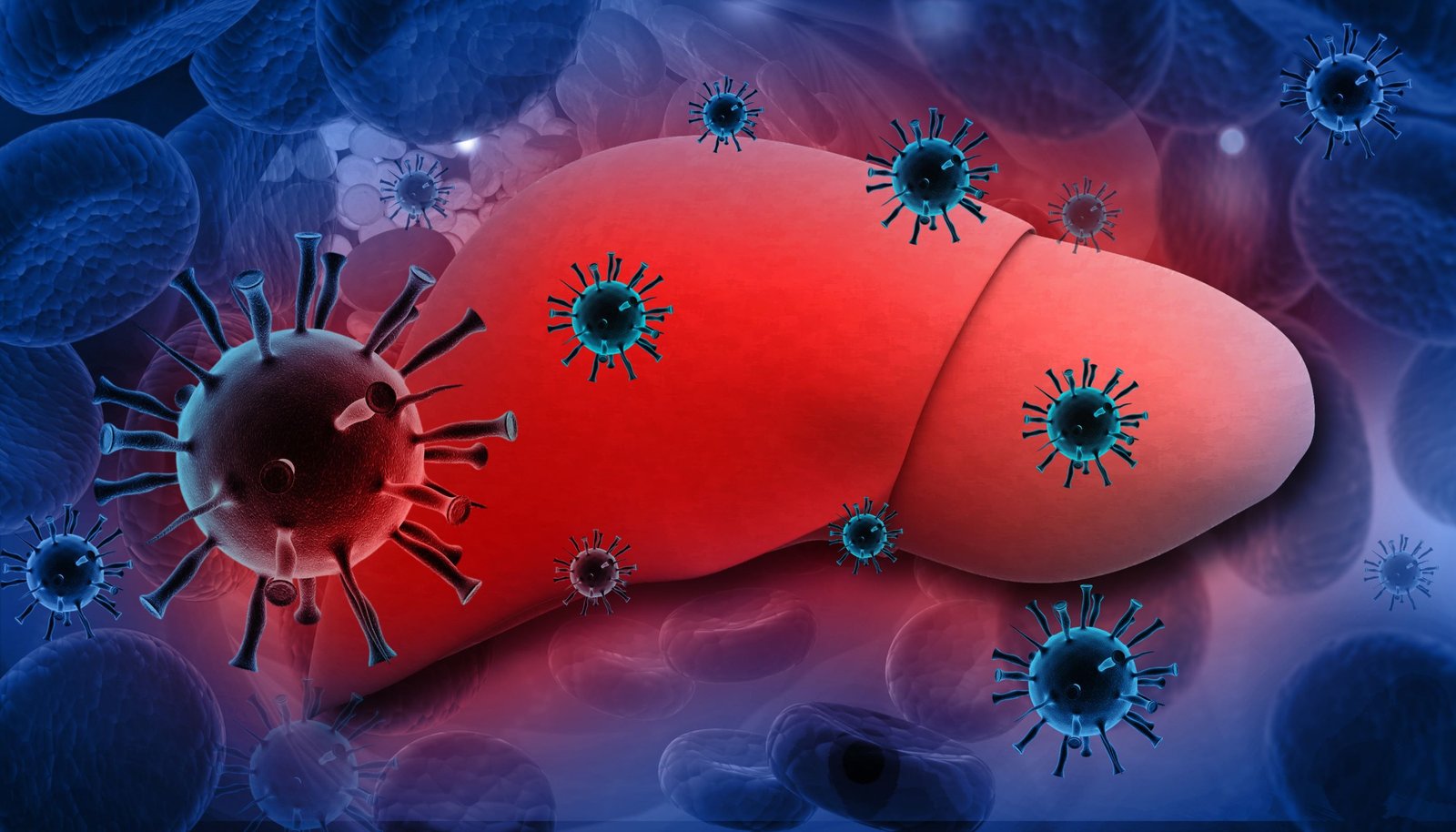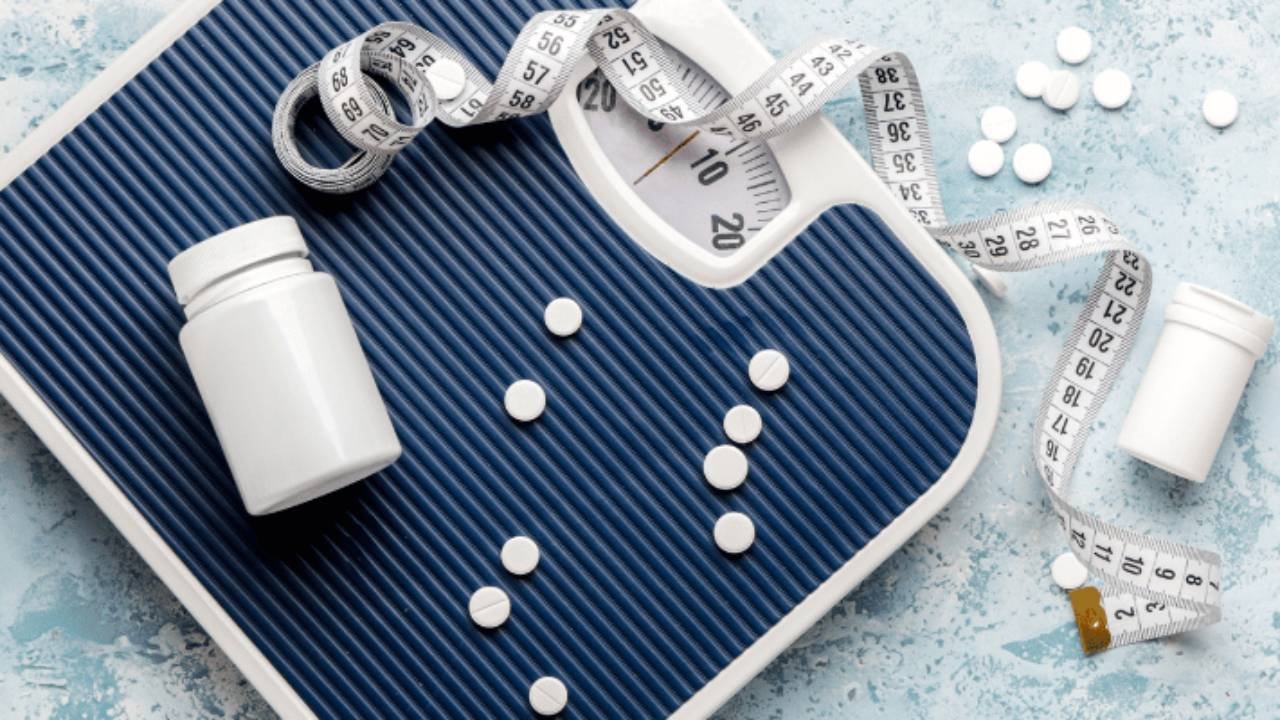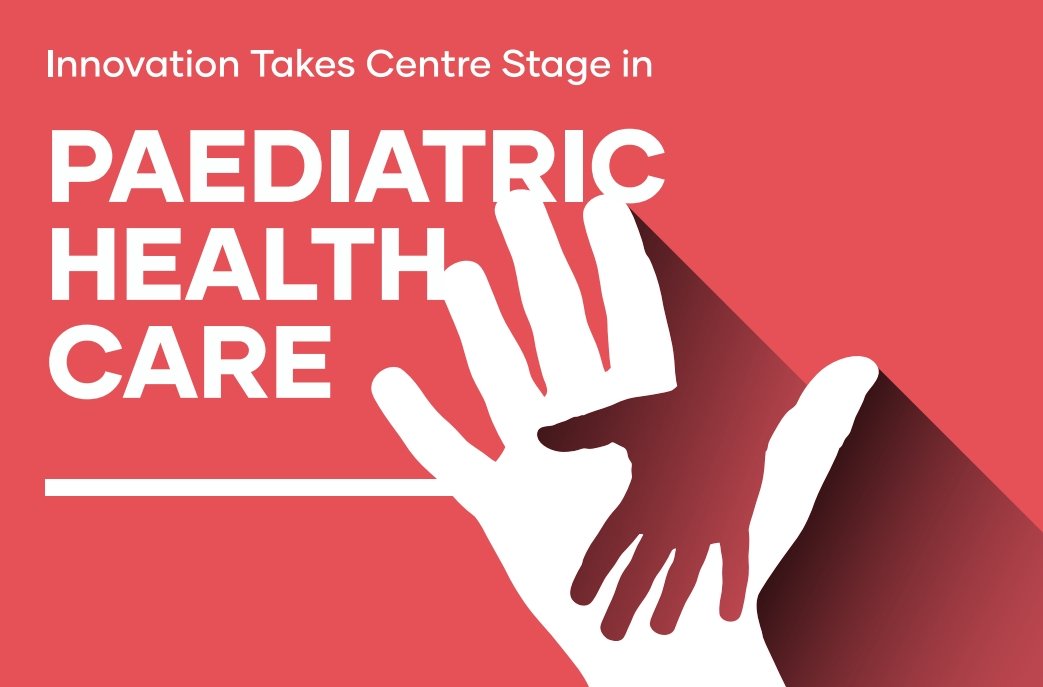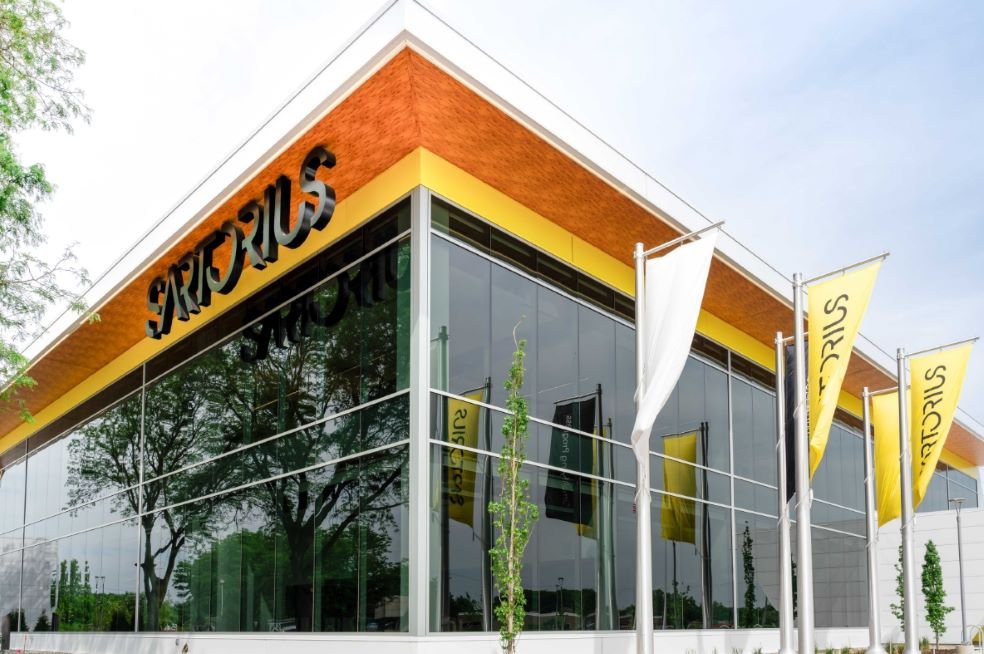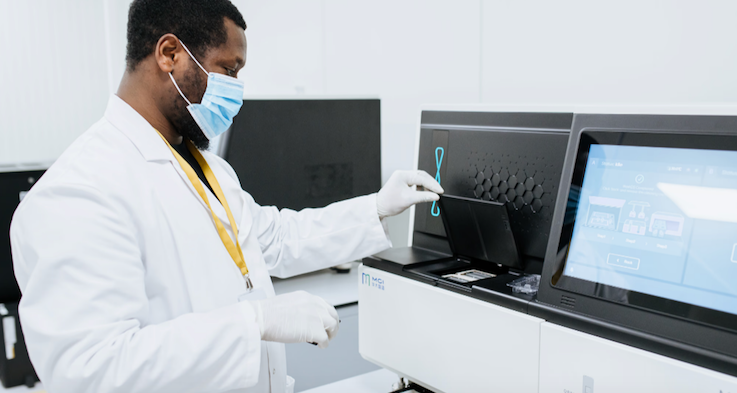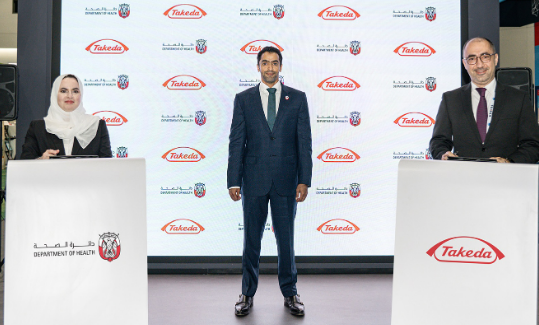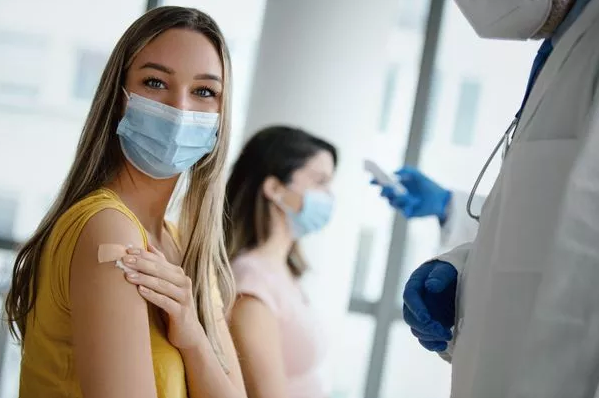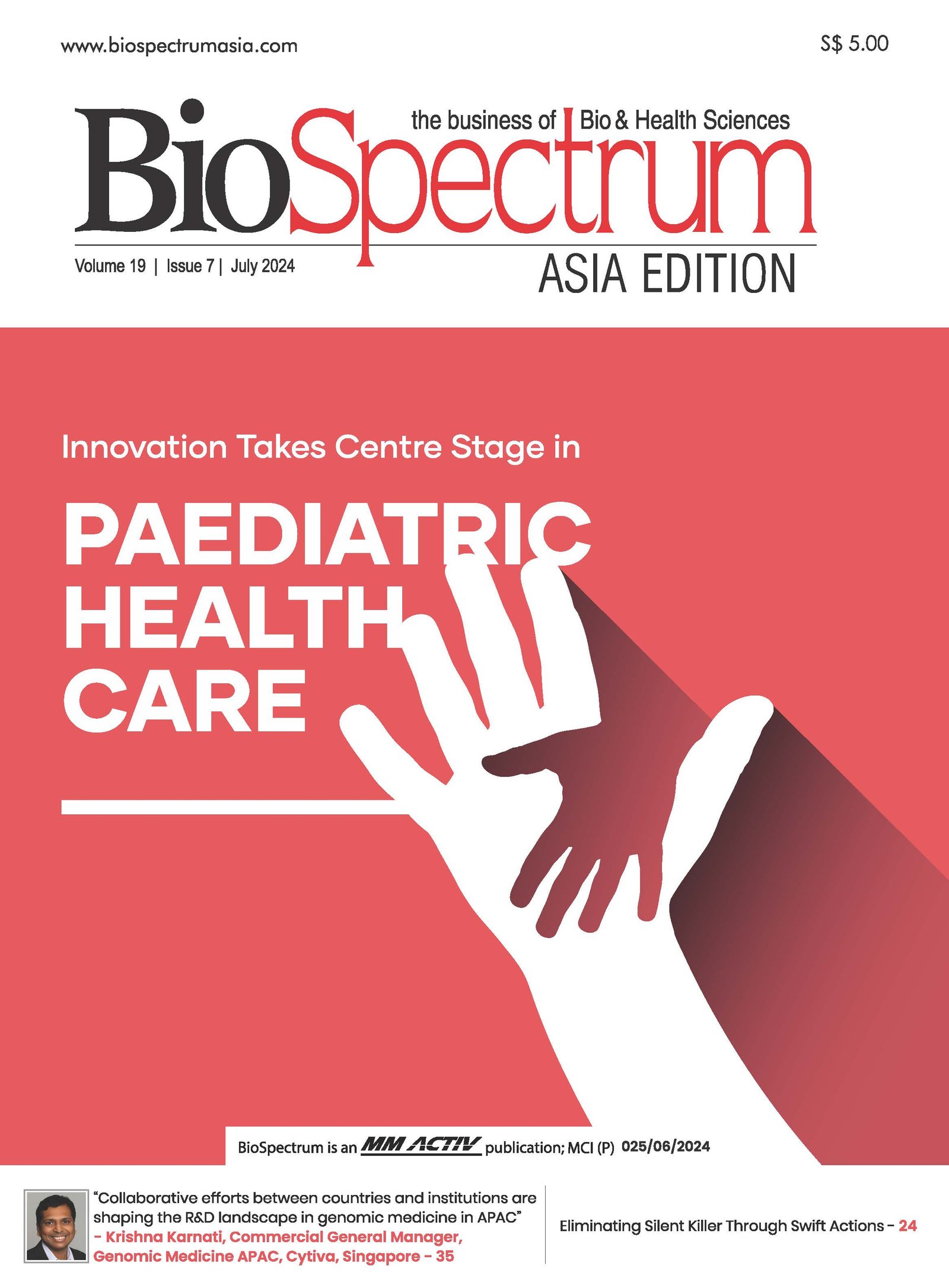P&P biotech obtains US patent for its platform technology
11 March 2019 | News
The patented platform technology developed by a Chinese firm is the first of its kind worldwide as well as the first to have been approved by the U.S. Patent Office.

China-based high-tech firm P&P Biotech has been awarded a patent from the US for its hydrophilic, electro-spinning composite scaffold biomaterial and related methods and applications that are used in tissue regeneration, signalizing that China has moved into a leadership position in terms of biotechnology development. The patent, covering its platform technology rather than a single biological product or technology, opens up a market with an economic potential estimated at some 100 billion yuan. The technology is projected to benefit the global community following commercialization.
It is rare for an original biomaterial technology developed in China, and especially one that can serve as a platform technology, to be granted a US patent. China's medical biomaterial industry, despite a late start, the uneven development and the amount of catching up that had to take place in order to establish a position in the global market, expanded to approximately 200 billion yuan in 2017, on the back of an annual growth rate of nearly 15%. The country was facing a situation where about 70% of the mature products in the category were imported. To change the status quo, China has enhanced support it offers to technical innovation and promoted efforts that have led to breakthroughs in the technology.
In the early 1990s, He Hongbin, current CEO of P&P Biotech and one of the earliest researchers committed to biomaterial in China, studied tissue engineering and biology surgery in Austria and Japan, countries where substantial progress in the field had already been made. In 1995, he successfully developed the world's first first-generation animal-derived fibrin sealant for human use. He then returned to China to start up a business with the goal of commercializing what he had developed.
In 2002, he founded P&P Biotech. He and his R&D team have developed a number of high-tech products including fast-dissolution fibrin sealant (brand name: Chuangxufeng) and soft-tissue inductive biomaterial (biologic surgery graft and regenerative artificial ligaments). Given the gaps between China and the world's developed countries in terms of biotechnology, Dr. He, a veteran with years of experience in surgery, set as a mission the reduction of patient suffering by applying more advanced biotechnologies in operating rooms. Decades of efforts have brought him one step closer to the goal of making China one of the world's biotechnology leaders. P&P Biotech's new patent for its platform technology demonstrates not only the firm's prowess at innovation, but also China's strength when it comes to biomedical technology. It took P&P Biotech 15 years to obtain a patent from the US patent office, including some 6 years spent on the application process and the wait for approval.
The patented platform technology developed by a Chinese firm is the first of its kind worldwide as well as the first to have been approved by the U.S. Patent Office. The resulting materials has induced tissue regeneration in animal experiments, including skeletal muscle, blood vessels and Achilles tendon, among other membranous, tubular and cord-like forms. They can regenerate corresponding tissue structures in different parts of the body and restore the normal functions of human tissue.
The first high-strength product has now been approved for clinical use while several other products are in clinical trials. Another important product used for rotator cuffs has shown extraordinary efficacy in animal experiments, marking another milestone in P&P Biotech's clinical transformation.
Opening up a 100 billion yuan market
The fast-growing modern biotechnology sector has demonstrated significant progress and achieved a series of important breakthroughs, and is accelerating its real-life applications. In this strategic field, governments, especially those in developed countries, have established national strategies to quickly seize a leadership position and accelerate the revolutionary development of the industry. The US, Germany, Japan and South Korea have put in place relevant bioeconomy policies to promote in-country research and development.
According to Dr. He, the biotechnology market is huge and promising, and China has also been vigorously promoting the development of the sector over the past two years.
Obtaining the US patent for this platform technology means P&P Biotech can successfully meet world-class biomedicine standards, compete with international counterparts and enter the global biomaterial regeneration market. At the same time, the company has established a strong presence, opening up a 100 billion yuan market. Dr. He said that P&P Biotech will continue its efforts to expand into international markets and seek global cooperation in a move to advance this patented platform technology for the benefit of more people.
Taking a deep dive into the core technologies vertically while expanding applications horizontally
Biotech companies need both talent and technology to maintain their core competitiveness. Most of the core team members of P&P Biotech have international experience, having returned to China following stints in countries that have advanced the most in the field after studying abroad. In addition, P&P Biotech has established in-depth collaborations with senior experts, including Zhang Xingdong, an internationally renowned expert on regenerative biomaterials at the Chinese Academy of Engineering (CAE) and elected president of the International Union of Societies for Biomaterials Science and Engineering (IUSBSE)*.
Dr. He said "So many years of research and technical achievements combined with our talented teams are our core competitiveness. A world leading brand needs to build a professional core competition barrier."
Last year, P&P Biotech scored several important clinical achievements in China. Its R&D project of high-strength implant systems that can induce ligament regeneration was selected at China's National Key R&D Program in 2018, while another key project, "Research and Development of Biomedical Materials and Tissue and Organ Repair Replacement", received financial support from the central government. The registered clinical trial for a surgical biological patch to be used in tandem with medical devices won the support of science and technology projects in the field of biomedicine associated with the 2018 Shanghai Action Plan for Scientific and Technological Innovation. In addition, the company has been approved by the National Medical Products Administration for the registration of a composite hernia patch, another innovative product.
Dr. He summed up by explaining that the next phase of growth for the company will focus on building a patent portfolio, saying "we will constantly strengthen the core competitiveness and form a 'patent family' based on the platform. We will rely not on a single patent, but rather on a number of patents, and apply for patents in each category in order to establish diversification across several fields. The strategy around the patent portfolio is key. Previously, it was all about a single product, but now it's about protecting an entire technology with a patent and developing a business-oriented platform technology. Looking ahead, the overall growth and direction of the company will be focused on clinical achievements that lead to the transformation of technologies, based on developing core technologies vertically and expanding the resultant applications horizontally."
Furthermore, Dr. He emphasized the importance of patent protection after obtaining the patent. In his view, China should strengthen the protection of intellectual property rights, in order set a scenario where products "made-in-China" can compete fairly, find a place in international markets as Chinese firms more generally move towards a broader market.
*The International Union of Societies for Biomaterials Science and Engineering (IUSBSE) is a body that brings together national and multi-national groups dedicated to the advancement of biomaterials, surgical implants, prosthetics, artificial organs, tissue engineering and regenerative medicine. It currently includes members from Australia, Canada, China, Chinese Taipei, Europe, India, Japan, Korea, South America and the United States of America.


